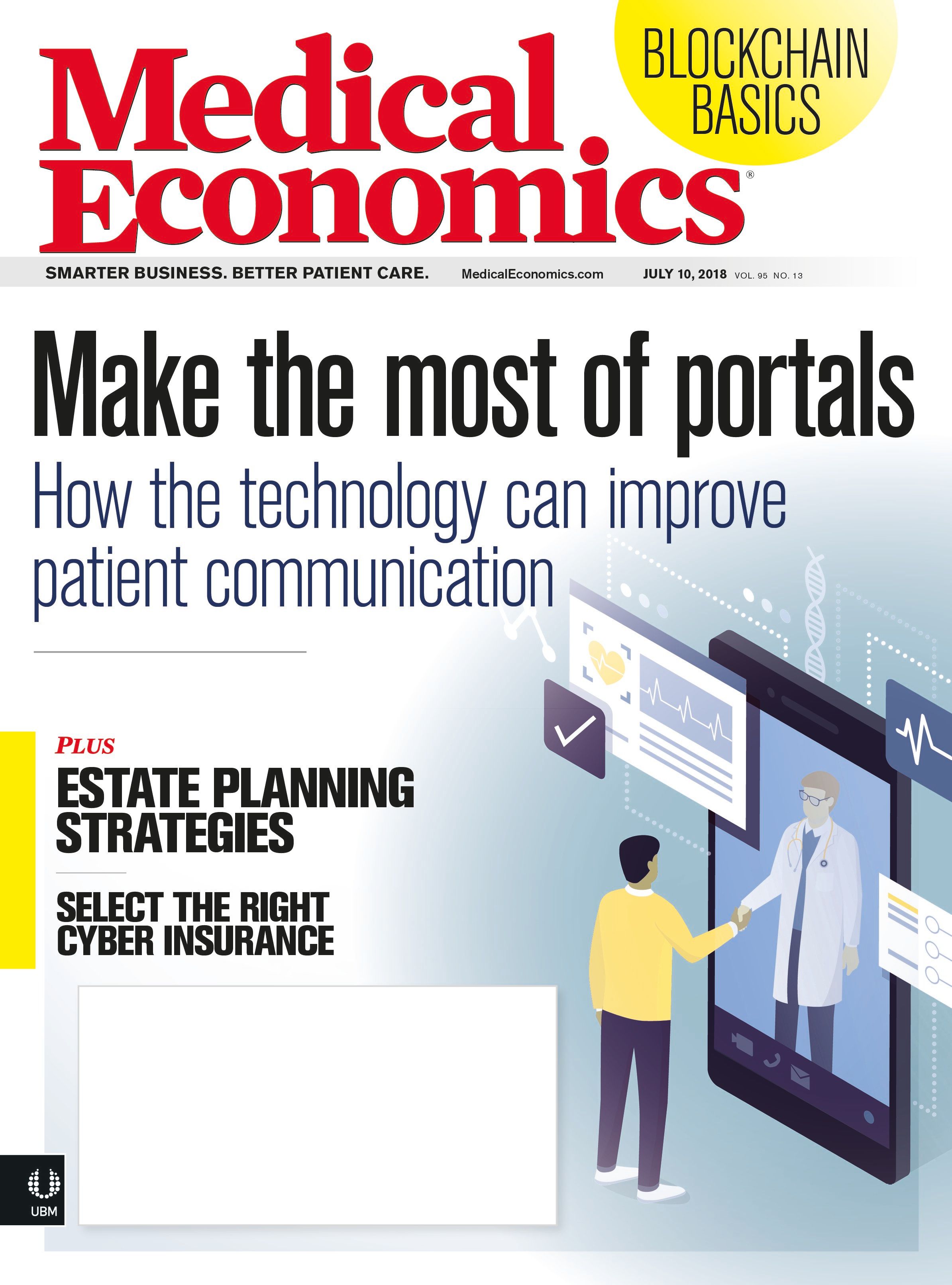Blog
Article
Medical Economics Journal
Direct primary care does not equate to patient abandonment
Author(s):
While some claim it is unethical for physicians to go the direct-pay route, it actually provides better care to patients.
Editor's Note: Welcome to Medical Economics' blog section which features contributions from members of the medical community. These blogs are an opportunity for bloggers to engage with readers about a topic that is top of mind, whether it is practice management, experiences with patients, the industry, medicine in general, or healthcare reform. The opinions below are that of the author and not of UBM / Medical Economics.
I frequently hear the lament that when a primary care physician converts to direct primary care (DPC)/retainer-based/concierge care models, a lot of patients get left out, equating to patient abandonment. Some go so far as to suggest that it is unethical for the physician to downsize. I find this a false argument.
Consider first that the 2,500+ patients in a PCPs panel today are not getting the best possible care because the doctor is on a never-ending treadmill. It is a production line approach akin to the famous “I Love Lucy” segment where Lucy and Ethyl are wrapping chocolates on a conveyor line. They could not keep up but tried very hard. Then the supervisor said they were doing so well that the line was set even faster.
Here is a comment from Concierge Medicine Today by Joel Bessemer, MD, a DPC internist in Omaha, Neb.” “To those who say concierge doctors are hurting the system by diminishing the number of patients we can care for, my reply is: If you keep doing the same thing year after year, you are going to get the same results. If we don’t focus on salvaging the doctor-patient relationship and allowing the appropriate time for each patient’s care and follow-up, patients will begin to feel their primary care is a waste of time.”
Yes, if lots of PCPs in one community converted all at once there could be a serious shortage. But that is not likely to happen. More likely is a gradual conversion process by those who wish to do so. It is not so unlike the PCP who quits his or her practice and seeks employment elsewhere. The affected patients will be cared for by other doctors in the community that still do “production line medicine.” If it is a rural or other area without additional physicians, then it is time to recruit more providers including nurse practitioners and physician assistants.
DPC, retainer, or concierge care need not be expensive. Once it becomes clear that people can get better care at a reasonable cost, the general public will be the ones who will pressure their PCPs to make the conversion. It is supply and demand. If the demand is there, the supply will increase; but only if the system is fixed. DPC is one way to fix the system.
The alternative is to wait and let the doctor totally burn out and close his or her practice; then no one gets the benefit of that physician. The current high visit number is a direct consequence of a reimbursement system that has paid too little for too long. If that had never happened, there would never have been the pressure to see too many patients or have too large a panel size. The need today is to get back to a reasonable number of visits per day. Using better technology and team functions, that number can be somewhat greater today than it was years ago but it still needs to be a reasonable number that the PCP can interact with appropriately.
One other point: Doctors today spend an inordinate time on nonclinical paperwork. DPC gives that 20 percent of time back. That dramatically lessens the PCP shortage.
And as medical students begin to observe that it is possible to be a high quality PCP giving superior care in a satisfying setting, then more and more will once again choose primary care.
Perhaps an analogy told me by primary care physician Josh Umbehr, MD of AtlasMD would be helpful. Think of PCPs as 60-watt light bulbs, he said. If you overload them, they burn out. Right now the bulbs (PCPs) are burning out from overload. DPC is like setting the bulb to 60 watts and keeping it there. It can function well for a very long time. A longer burn and more net light is equivalent to a long productive career with all patients getting expanded primary care. And since it is comfortable to burn at 60 watts, we are likely to see more light bulbs produced-more medical students choosing primary care again.
There is one other very important advantage: Total costs go down with many fewer referrals to specialists, fewer ED visits, and fewer hospitalizations. Given this reduction in total costs yet with greatly improved care and satisfaction, it behooves insurers (including government-sponsored Medicare and Medicaid) and employers to work with these models. They can benefit from the lower costs, the greater patient satisfaction, and improved health outcomes.
Primary care need not be expensive. Paradoxically the insurance methodology has made it so. In all these direct pay, concierge, and retainer/membership models, the physician and the patient break the bonds with the insurer and replace it with a direct contractual relationship with each other. The result is better care, greater satisfaction by the patient and by the doctor and reduced overall healthcare costs. That is certainly not patient abandonment.
Stephen C Schimpff, MD, MACP, is a quasi-retired internist, professor of medicine and public policy, former CEO of the University of Maryland Medical Center and author of Fixing the Primary Care Crisis and Longevity Decoded – The 7 Keys to Healthy Aging.






